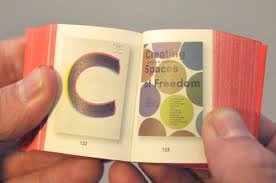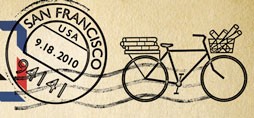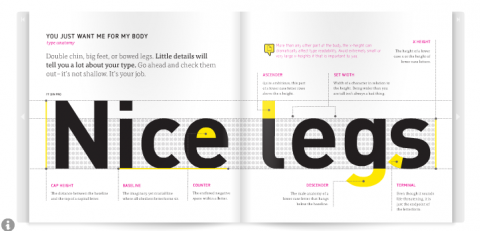 For the book to accompany a retrospective exhibition of her work, Dutch book designer Irma Boom created a catalog that is 704 pages and tiny, at 2 inches high, 1.5 inches wide and 1 inch thick. Why so small? In an interview with the NY Times, she says
For the book to accompany a retrospective exhibition of her work, Dutch book designer Irma Boom created a catalog that is 704 pages and tiny, at 2 inches high, 1.5 inches wide and 1 inch thick. Why so small? In an interview with the NY Times, she says
The book is small because whenever I make a book, I start by making a tiny one. Usually I make five, six or seven for each book, as filters for my ideas and to help me to see the structure clearly. I have hundreds of those small books, and am so fond of them. I’ve always wanted to make one for publication, but no one has ever wanted to do it. And I thought, well, this time, I can.
![]() You can buy the catalog here. There’s a short documentary about how Boom designs books on youtube here, and another video of her books here.
You can buy the catalog here. There’s a short documentary about how Boom designs books on youtube here, and another video of her books here.





